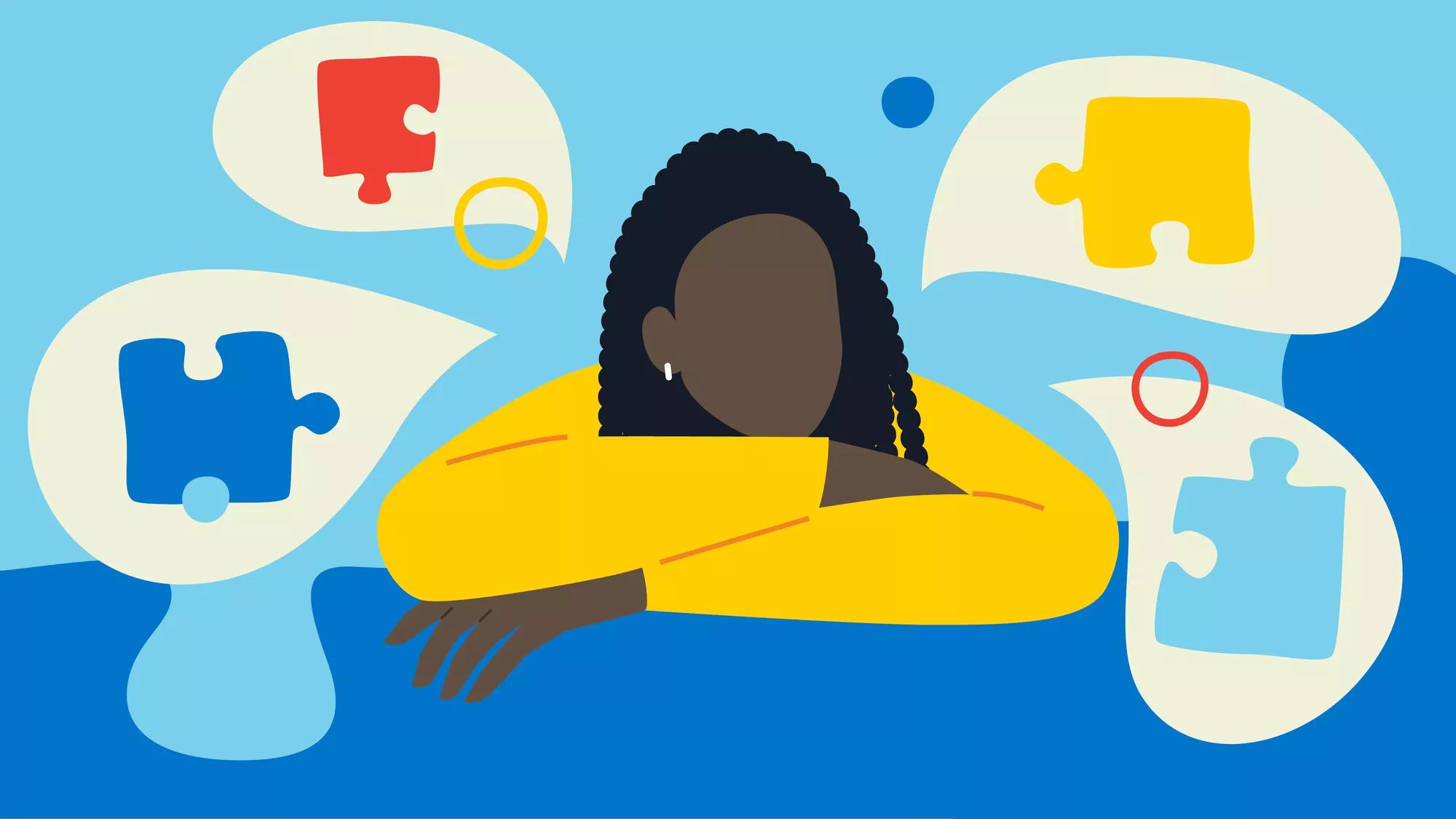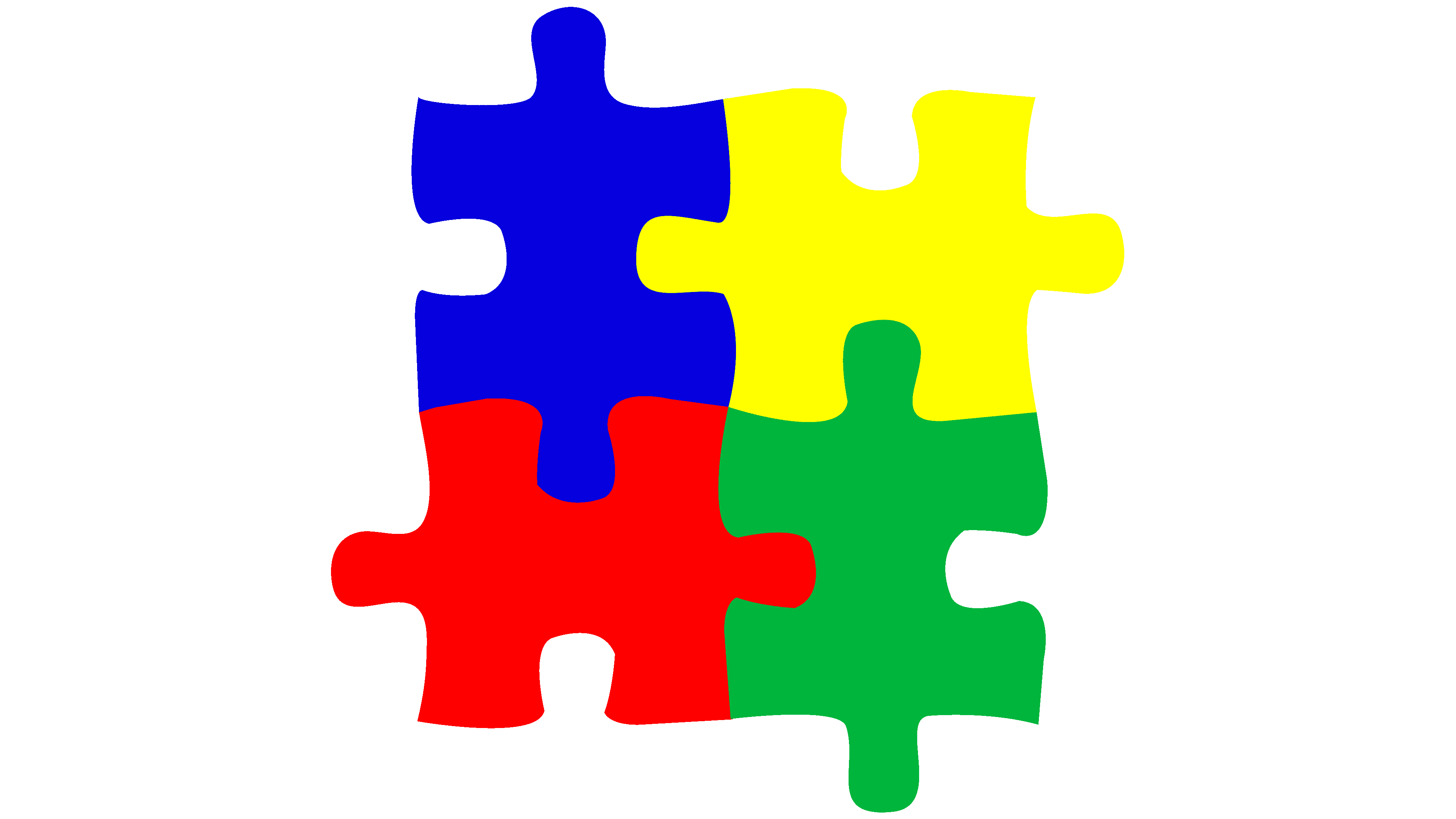The Influence of Early Treatment on Children with Autism: What Parents Required to Know
The Influence of Early Treatment on Children with Autism: What Parents Required to Know
Blog Article
Exploring Autism: Strategies for Effective Interaction and Communication
Efficient interaction and interaction with people on the autism spectrum demand a thorough understanding of their distinct demands and choices. The ins and outs of these techniques reveal additional considerations that warrant exploration, especially in just how they can be adjusted to diverse contexts and private experiences.
Comprehending Autism Range Problem
Autism Spectrum Condition (ASD) encompasses a variety of neurodevelopmental problems identified by challenges in social communication, communication, and repeated actions. The term "range" mirrors the diverse manifestations and varying degrees of seriousness experienced by people with ASD. While some may show significant problems, others may show high-functioning characteristics, enabling greater freedom in every day life.
The onset of ASD commonly happens in very early childhood, with indicators commonly recognizable by age 2. Early signs may consist of postponed speech development, restricted eye contact, and difficulties in recognizing social cues. The accurate etiology of ASD remains vague, research study recommends a combination of ecological and genetic elements plays an important function in its development.
As an outcome, interventions and assistance customized to individual demands are vital for fostering communication and social skills. Identifying the complexity of ASD is important for promoting recognition, acceptance, and efficient strategies that assist in significant communications with individuals on the spectrum.

Significance of Clear Interaction
Reliable interaction is essential for fostering understanding and connection, especially for people with Autism Range Disorder (ASD) Clear interaction not only promotes social interactions however also enhances the person's ability to express their thoughts, emotions, and needs. For people with ASD, the subtleties of language can typically be challenging; therefore, making use of uncomplicated and unambiguous language is necessary.
Moreover, clear interaction helps minimize frustration and anxiousness that may develop from misunderstandings. When messages are shared in a regular and direct way, individuals with ASD are much better outfitted to analyze information precisely, which can dramatically enhance their social engagement and involvement in various settings.
Developing regimens and using aesthetic supports can even more boost clear interaction. These techniques supply individuals with foreseeable frameworks that assist comprehension and retention of details. Additionally, actively being and listening person during interactions advertises a supportive setting where people with ASD really feel valued and comprehended.
Inevitably, prioritizing clear interaction not only encourages people with ASD however likewise promotes more purposeful links with their peers, caretakers, and the bigger area, paving the method for inclusive communications and collective connections. - autism
Non-Verbal Interaction Strategies
Communication expands beyond words, and for individuals with Autism Range Problem (ASD), non-verbal cues play a considerable role in communications. Non-verbal interaction techniques can include faces, motions, body movement, and eye get in touch with, every one of which function as crucial elements for sharing intentions and feelings.
Recognizing and translating these non-verbal signals can improve interactions with individuals with ASD. A warm smile or open position my blog can create an inviting atmosphere, motivating involvement. In a similar way, utilizing visual help-- such as image cards or icons-- can connect interaction gaps and assist convey messages better.
It is also important to be conscious of individual area, as individuals with ASD may have different comfort levels concerning proximity. Observing their responses to physical nearness can notify ideal adjustments.

Creating Helpful Environments
Developing a helpful setting is critical for fostering positive interactions and improving the health of individuals with Autism Spectrum Condition (ASD) Such settings can considerably decrease anxiety and produce a feeling of safety and security, allowing individuals to share themselves much more easily.
To accomplish this, it is necessary to take into consideration sensory level of sensitivities that individuals with ASD may experience. Customizing the physical room to consist of soft illumination, very little history noise, and comfortable seats can produce a relaxing ambience. Furthermore, making use of regular regimens and clear aesthetic schedules can help people expect changes and decrease unpredictability, additional promoting comfort.
Social rooms should be structured to reduce overwhelming stimulations while offering possibilities for interaction in favored tasks. Assisting in locations assigned for silent time can also act as a sanctuary during minutes of anxiety. Notably, integrating elements of selection empowers people, enabling them to exercise agency in their setting.

Encouraging Social Communications
Fostering social interactions amongst people with Autism Range Problem (ASD) requires her explanation deliberate approaches that focus on convenience and interaction. Developing predictable routines can help reduce anxiety, making social setups extra friendly. Producing organized environments with defined roles and duties permits individuals to engage without the overwhelming pressure of disorganized social characteristics.
Incorporating rate of interests and staminas right into social activities can function as a catalyst for interaction. Organizing group tasks around shared pastimes or subjects of attraction can facilitate natural conversations and links. In addition, utilizing aesthetic assistances, such as social manuscripts or photographic schedules, can assist in recognizing social hints and assumptions.
Designing suitable social behaviors is important - autism. Adults and peers ought to demonstrate reliable interaction techniques, including active listening and turn-taking. Role-playing scenarios can additionally give a secure space for people to exercise these abilities
Finally, fostering peer connections through comprehensive techniques is important. Motivating inclusive playdates or group trips can produce opportunities for socialization in a comfortable setup. By carrying out these educators, caretakers and methods can substantially boost social communications for individuals with ASD, promoting our website their total social growth and health.
Conclusion
In final thought, reliable communication and communication strategies are vital for supporting people with Autism Range Problem. Ultimately, these methods empower individuals with autism to browse social landscapes, promoting their total well-being and allowing the advancement of lasting relationships.
Reliable interaction and interaction with people on the autism spectrum demand a detailed understanding of their special needs and choices. Clear communication not just promotes social interactions yet likewise enhances the individual's capacity to reveal their emotions, demands, and thoughts.Promoting social communications amongst people with Autism Range Problem (ASD) needs deliberate methods that prioritize comfort and interaction. By implementing these caregivers, educators and approaches can substantially enhance social interactions for individuals with ASD, promoting their overall social growth and wellness.
In verdict, efficient interaction and communication strategies are essential for sustaining people with Autism Range Condition.
Report this page